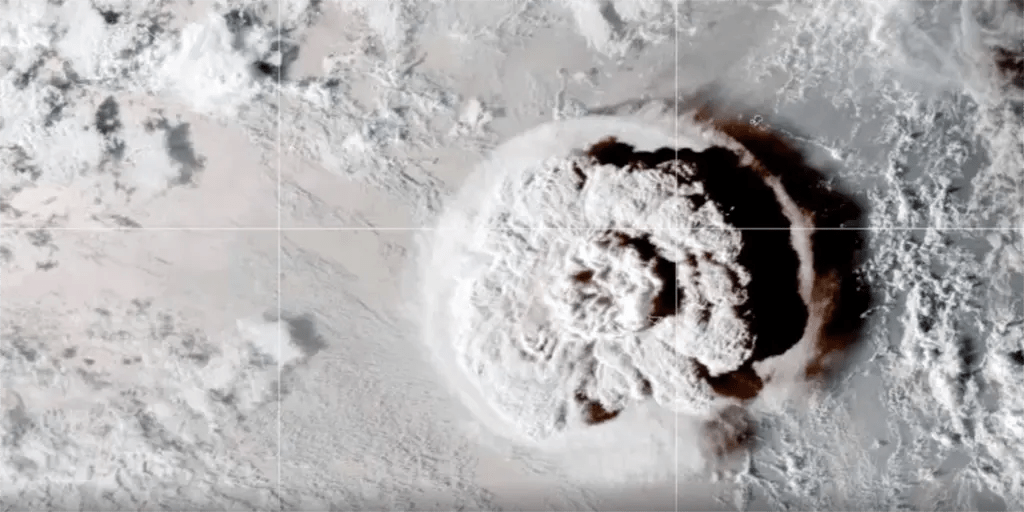Essay by Eric Worrall
If climate models can’t even get heat spikes right, what use are they?
‘We should have better answers by now’: climate scientists baffled by unexpected pace of heating
Jonathan Watts Global environment editorThu 15 Aug 2024 22.00 AEST
…
In a remarkably candid essay in the journal Nature this March, one of the world’s top climate scientists posited the alarming possibility that global heating may be moving beyond the ability of experts to predict what happens next.
“The 2023 temperature anomaly has come out of the blue, revealing an unprecedented knowledge gap perhaps for the first time since about 40 years ago, when satellite data began offering modellers an unparalleled, real-time view of Earth’s climate system,” wrote Gavin Schmidt, a British scientist and the director of the Nasa Goddard Institute for Space Studies in New York.
If this anomaly does not stabilise by August, he said, it could imply “that a warming planet is already fundamentally altering how the climate system operates, much sooner than scientists had anticipated”.
…
With August now here, Schmidt is a fraction less disturbed. He said the situation remains unclear, but the broader global heating trends are starting to move back in the direction of forecasts. “What I am thinking now is we aren’t that far off from expectations. If we maintain this for the next couple of months then we can say what happened in late 2023 was more ‘blippish’ than systematic. But it is still too early to call it,” he said. “I am slightly less worried, but still humbled that we can’t explain it.”
…
Looking back at the most extreme months of heat in the second half of 2023 and early 2024 when the previous records were beaten at times by more than 0.2C, an enormous anomaly, he said scientists were still baffled: “We don’t have a quantitative explanation for even half of it. That is pretty humbling.”
He added: “We should have better answers by now. Climate modelling as an enterprise is not set out to be super reactive. It is a slow, long process in which people around the world are volunteering their time. We haven’t got our act together on this question yet.”
…
The recent El Ninõ added to global heat pressures. Scientists have also pointed to the fallout from the January 2022 Hunga Tonga-Hunga Ha’apai volcanic eruption in Tonga, the ramping up of solar activity in the run-up to a predicted solar maximum, and pollution controls that reduced cooling sulphur dioxide particles. But Schmidt said none of these possible causes was sufficient to account for the spike in temperatures.
…
Read more: https://www.theguardian.com/environment/article/2024/aug/15/we-should-have-better-answers-by-now-climate-scientists-baffled-by-unexpected-pace-of-heating
Despite Schmidt’s skepticism, I don’t believe the Hunga Tonga eruption should be dismissed as a candidate explanation for this year’s temperature bump. It seems logical to infer that the temperature spike which followed the volcano which filled the stratosphere with an enormous spike of powerful greenhouse gas was possibly caused by the volcano.
The fact nobody knows whether or how much Hunga Tonga contributed to this year’s temperature bump, and climate scientists like Schmidt admit there are no other good explanations, is an unusually candid glimpse into how incomplete our understanding of the climate system is.
If climate models cannot capture significant temperature excursion events, how can we rely on them to get anything right? Current climate models are clearly unfit for the purpose of advising government policy.
One silver lining to this scientific embarrassment, the 1.5C disaster narrative has been thoroughly debunked. But the 2C global warming limit is still the real deal, right? /sarc
Related


